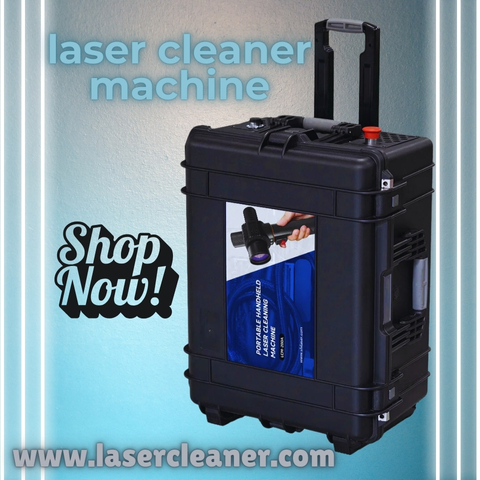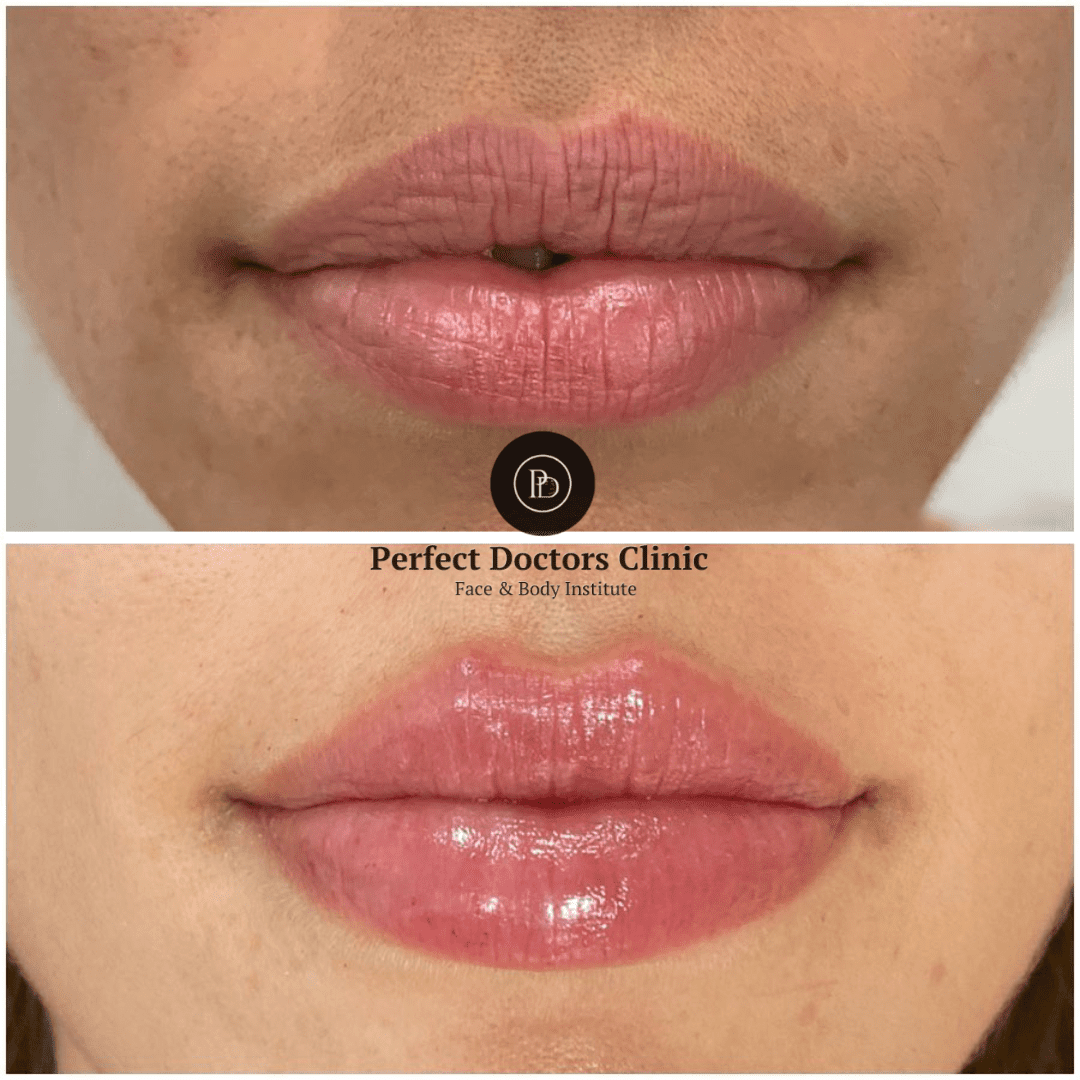
A laser cleaner machine is a revolutionary tool that has transformed surface cleaning in industries ranging from automotive to heritage conservation. Unlike traditional methods that involve abrasive techniques, chemicals, or manual scrubbing, laser cleaning offers a non-contact, precise, and eco-friendly solution. But how does it remove rust, paint, or contaminants without even touching the surface? Let’s dive deep into the mechanics and applications of this cutting-edge technology.
How Does a Laser Cleaner Machine Work?
The core principle behind a laser cleaner machine lies in the interaction between high-intensity laser beams and the contaminant layer. Here’s a step-by-step breakdown:
- Laser Beam Emission – The machine emits a focused laser beam, typically in the pulsed or continuous wave mode, depending on the application.
- Absorption by Contaminants – The laser energy is absorbed by the rust, paint, or oxide layer, causing rapid heating.
- Vaporization or Sublimation – The intense heat breaks the molecular bonds of the contaminants, turning them into gas or fine particles.
- Ejection from Surface – The vaporized material is ejected from the surface, leaving the underlying substrate unharmed.
- Filtration (Optional) – Some advanced systems include a vacuum or filtration unit to capture the removed particles, ensuring a clean workspace.
Since the process is controlled with precision, the base material remains unaffected—only the unwanted layer is removed.
Why Traditional Methods Fall Short
Conventional rust removal techniques like sandblasting, chemical treatments, or grinding have significant drawbacks:
- Abrasive Damage – Sandblasting can erode the base material.
- Chemical Hazards – Acid-based treatments pose environmental and health risks.
- Labor-Intensive – Manual scrubbing is time-consuming and inconsistent.
A laser cleaner machine eliminates these issues by providing a touch-free, chemical-free, and highly efficient alternative.
Applications of Laser Cleaning
The versatility of laser cleaner machines makes them indispensable across multiple industries:
1. Industrial Manufacturing
- Removing oxides from metal surfaces before welding or coating.
- Cleaning molds and machinery without disassembly.
2. Automotive & Aerospace
- Restoring engine parts, brake components, and aircraft surfaces.
- Preparing surfaces for adhesive bonding or repainting.
3. Cultural Heritage Restoration
- Delicately cleaning historical artifacts, statues, and monuments without damage.
- Removing centuries-old grime from sculptures and architectural elements.
4. Electronics & Precision Engineering
- Decontaminating circuit boards and sensitive components.
- Cleaning optical lenses and semiconductor materials.
Types of Laser Cleaner Machines
Different models cater to varying needs:
- Pulsed Fiber Lasers – Ideal for precision cleaning of delicate surfaces.
- Continuous Wave Lasers – Suitable for heavy-duty rust and paint removal.
- Portable Laser Cleaners – Handheld units for on-site maintenance.
Safety Considerations
While laser cleaner machines are safe when used correctly, precautions are necessary:
- Protective Eyewear – To shield against laser reflections.
- Ventilation – To disperse any fumes from vaporized contaminants.
- Training – Operators must understand power settings and beam control.
Future of Laser Cleaning Technology
As industries shift toward sustainable practices, the demand for laser cleaner machines will surge. Innovations like AI-assisted targeting and higher-power lasers will further enhance efficiency. Governments and corporations investing in green manufacturing will likely adopt laser cleaning as a standard practice.
Final Thoughts
The laser cleaner machine is more than just a tool—it’s a game-changer in surface treatment. By harnessing the power of light, it delivers unmatched precision, safety, and environmental benefits. Whether you’re in heavy industry or fine art restoration, integrating this technology can revolutionize your workflow. The future of cleaning is here, and it’s powered by laser precision.





